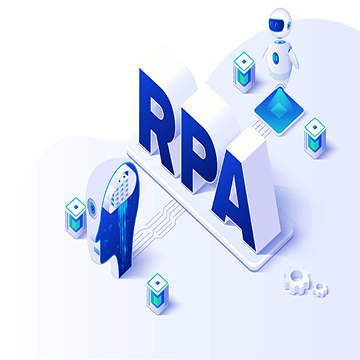
- Emailenquiry@trainingmithra.com
- Enquiries +918269258269


When data science is completely inculcated in the field of HR, this is referred to as HR analytics. The basic bottom line of HR analytics is that it uses mathematical models, statistical models and analysis to get better results in human resources. All of this analysis helps analyze every employee-related factor that will eventually make the business perform better.
Click here to learn Data Science in GNV IT SolutionsLately, many businesses are taking into account the importance of analytics and how it can change the way the operations are handled. HR departments are the latest ones to take into consideration the effectiveness of proper analytics in handling the risks and also in making quick decisions based on data collected over time.
Click here to learn Data Science in BangaloreIn HR analytics, several things are considered like people analytics, workforce analytics, and talent analytics. All these components of analytics help with various functions of human resources by automating them and making them cost-effective over time.
Click here to explore 360DigiTMG.
All this data is collected and streamlined for better strategic decision-making and HR planning. Data can also help in better alignment and collaboration between various departments of the organization. Also, the HR software can be improved with handling the challenges that are faced by the employees and managers.
Data collection is never the end game because there is a lot to be achieved. HR analysts need to work on various parts of the data by utilizing different models, algorithms, machine learning techniques, etc. to gain insights that can be useful. The data science tools help in creating reports, visualizing tools, and dashboards that will give a deeper knowledge of the HR functions and operations.
Click here to learn Data Analytics in BangaloreHR analytics is changing how human resources should function in an organization. This is because before, the decision was not streamlined, and neither was there a huge amount of data that backed up those decisions. But now with proper analytics, things are changing rapidly on the work front. Click here to learn Data Analytics in Hyderabad A large amount of data is used to gather insights and then the same insights are used to get a better strategic view of the operational functioning. Therefore, HR analytics is keeping strategy and operational efficiency in the centre by building new views and ideas that are people-oriented. It can be said that HR analytics is not about assumptions and theory-based planning, but is based on data and is more of a return on investment.

Retention: One of the biggest problems that are faced by the companies is that the rate of employee turnover is low, and many employees tend to leave in the early stages of their employment. This can cause a decline in organizational performance and overall growth. Also, recruiting new employees tends to get expensive for the organization if variable costs are taken into consideration like recruitment, training, lost productivity, etc. Therefore, there is a need to increase the retention rate of the employees. Analytics can help in increasing the retention rate by effective churn analysis. Click here to learn Artificial Intelligence in Bangalore They can strategise better with impactful data and bring in new policies, training programs, and identify risks in a much better way.
Another one of the major functions of human resources is to find the right candidate for a certain job or position. Though it might sound easy, finding the ideal candidate is a lot of work and requires clear planning. There is a lot of data that is to be taken into consideration like market data, skills required, past hiring strategies and performance rates, etc.
Click here to learn Artificial Intelligence in HyderabadTalent acquisition can be done from many places, whether through consultancies, colleges, direct sources, references, etc. This is the reason why there is a need to evaluate candidatures and find candidates who have the required experience, skills and educational qualifications. HR analytics can help in sorting and turning the data into a comprehensible manner that can be easily understood and looked through. Better predictive analysis can also help in getting a better idea of how a candidate will fare.

21 May 2022

21 May 2022

21 May 2022

20 May 2022

20 May 2022

31 Dec 2021

24 Dec 2021

24 Dec 2021